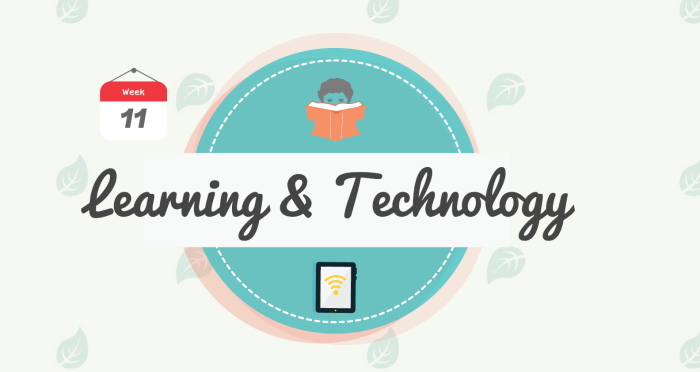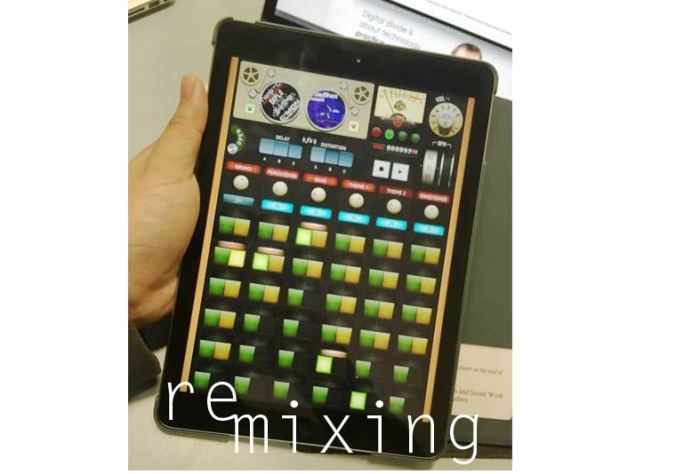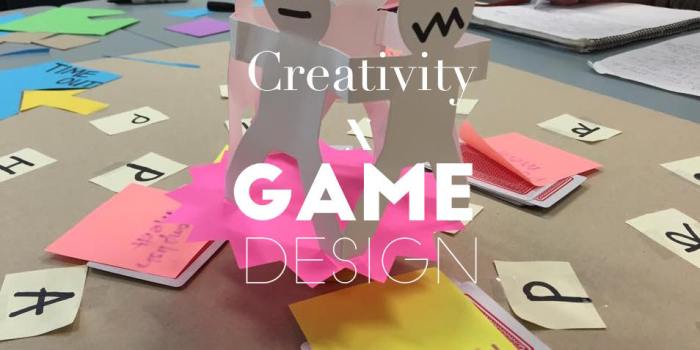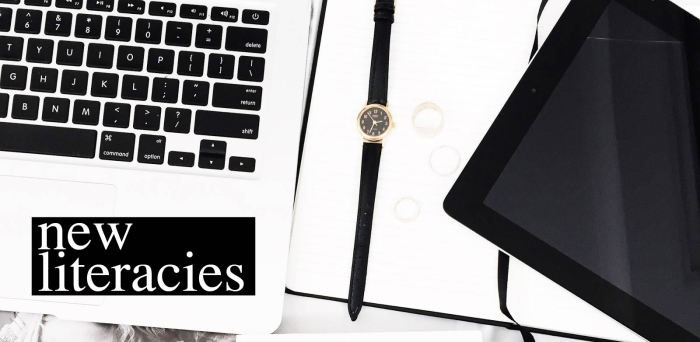Growing up, I attended a public government Australian high school where my cohort was the first to receive complimentary laptops as part of the Australian Federal Government’s ‘Digital Education Revolution’. The premise around such technological initiatives coincided with the explicit goal in the Melbourne Declaration on Educational Goals for Young Australians (2008) to support the development of digital media skills given its capability to foster social interaction and cross-disciplinary thinking (MCEETYA, 2008).
Such engagement in the classroom was reflected through the introduction and implementation of educational social media websites such as Edmodo which according to Halverson (2013), amplifies learning both in and outside the classroom.
It became apparent in the following three years of my secondary education that the online educational network of Edmodo allowed myself and fellow students to collaborate and communicate with our teachers beyond the one hour usually allocated 3-4 times a week for English. Given the view of Boyd & Ellison (2007) the nature of social networking sites is supportive of pre-existing social relations (Boyd & Ellison, 2007, p. 221) and therefore educational sites such as Edmodo are familiar and to a degree, comfortable with students in the context of their learning due to its nature as an online space exclusively for members of the participating class.
Due to this broader accessibility, the dynamics of the classroom changed whereby it reflected blended learning to a degree whereby it was an amalgamation of both face-to-face learning as well as online learning. I believe that the ‘inclusion of social media tools, a learner-centered focus, and variation in where and when learning occurs’ (Black, 2013, p. 82) reflects the increased engagement of my learning in the later half of my secondary education. Overall, as a high graduate, current university student and preservice teacher, I have come to see the integral role of technological and social networks in the enrichment of traditional educational methods of learning and teaching. The online world has numerous, invaluable resources to enrich the pedagogical practice of all teachers and with new research reinforcing the benefits of such contemporary global practices, I am excited to integrate and implement these strategies in the future.
References:
Boyd, D., & Ellison, N. (2007). Social network sites: Definition, history and scholarship. Journal of Computer-Mediated Communication, 13(1), 210–230.
Halverson, R. (2013, November 18). 6 2 Technology Inside versus Outside of Classrooms Rich Halverson [Video File]. Retrieved from
Ito, M., Gutierrez, K., Livingstone, S., Penuel, B., Rhodes, J., Salen, K., Schor, J., Sefton-Green, J., Watkins, C. & Black, S. (2013). Connected learning: An agenda for research and design. Irvine, CA: Digital Media and Learning Research Hub.
Ministerial Council for Education, Employment, Training and Youth Affairs [MCEETYA]. (2008). Melbourne Declaration on Educational Goals for Young Australians, December 2008. Retrieved on October 13th, 2015 from http://www.curriculum.edu.au/verve/_resources/National_Declaration_on_the_Educational_Goals_for_Young_Australians.pdf







